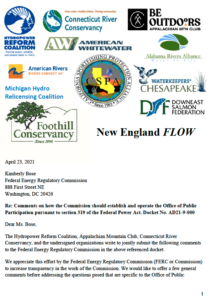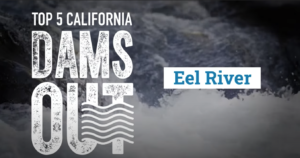Protecting the Olympic Peninsula: The Future of the Wild Olympics Act
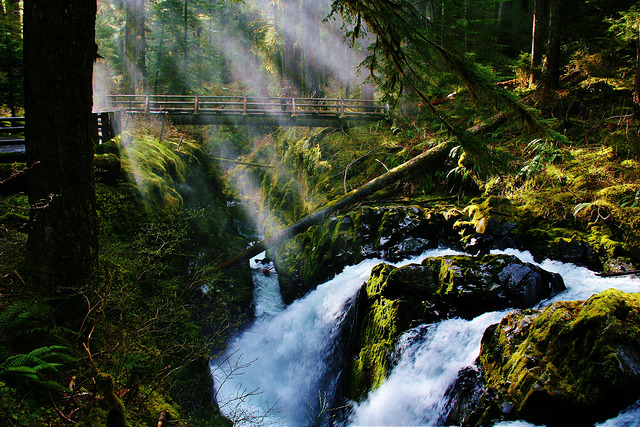
When anyone asks me my favorite color, I simply say ‘Hoh River Blue’ and show them this photo:

The jaw dropping Hoh River on Washington state’s Olympic Peninsula is just one of the 19 rivers and their tributaries that are proposed to receive federal protection under the Wild Olympics Wilderness and Wild and Scenic Rivers Act, which passed its way through the U.S. House of Representatives on February 26th, 2021, as part of the Protecting America’s Wilderness and Public Lands Act package.
Protecting America’s Wilderness and Public Lands Act
The newly convened 117th Congress took its first action on public land legislation with the passing of the Protecting America’s Wilderness and Public Lands Act (H.R. 803) by the House of Representatives on February 26th, 2021. The House passed H.R. 803 by a vote of 227-200 (see how your representatives voted here).

As is, the Protecting America’s Wilderness and Public Lands Act (PAW+) includes 1.5 million acres of new Wilderness, adds 1,079 miles of rivers to the National Wild and Scenic Rivers System, and includes more than 1 million acres of sensitive watersheds closed to new mining claims, all stretching from the Olympic Peninsula in Washington to California’s Central Coast, Trinity Alps, and Rim of the Valley; and public lands and waters in Colorado. These federal public land protections serve to safeguard critical wildlife habitat, promote climate resilience, enhance outdoor recreation opportunities, and to ensure community access to clean drinking water sources and healthy air quality.
The PAW+ consists of the following eight bills. More information, including legislative language for each bill, can be found here.
- The Wild Olympics Wilderness and Wild and Scenic Rivers Act
- The Colorado Outdoor Recreation and Economy (CORE) Act
- The Grand Canyon Centennial Protection Act
- Colorado Wilderness Act of 2020
- The Northwest California Wilderness, Recreation, and Working Forests Act
- The Central Coast Heritage Protection Act
- The San Gabriel Mountains Foothills and Rivers Protection Act
- The Rim of the Valley Corridor Preservation Act
Wild Olympics Wilderness and Wild and Scenic Act
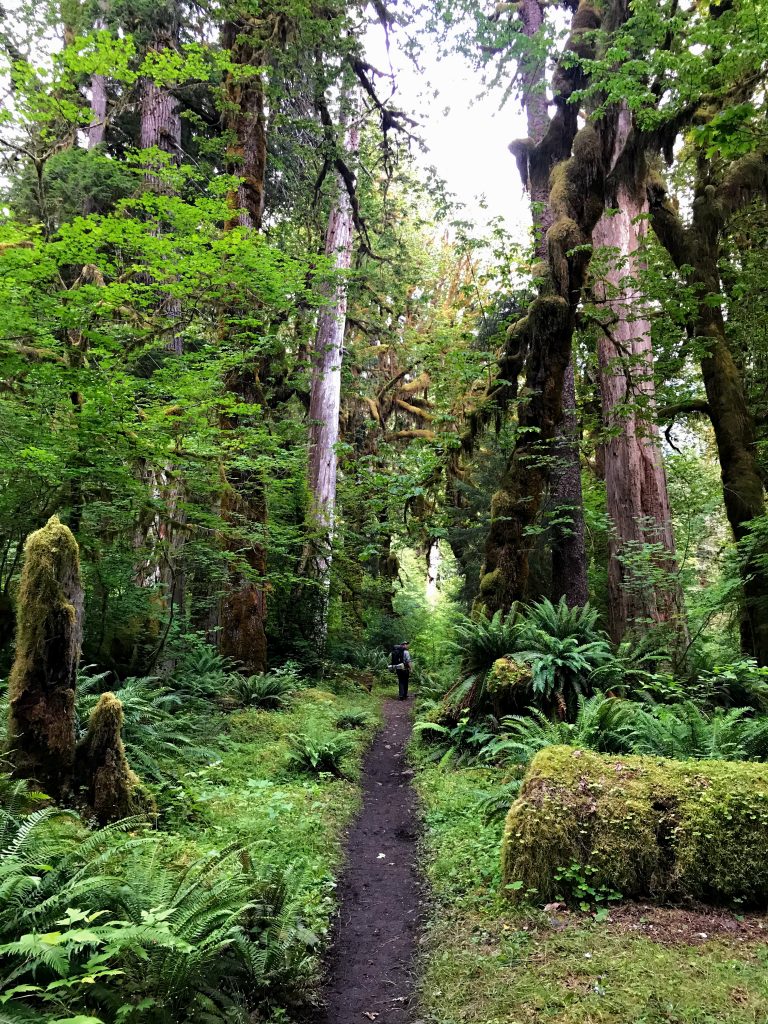
Nestled within the PAW+ is the Wild Olympics Wilderness and Wild and Scenic Rivers Act (Wild Olympics Act), which includes over 126,500 acres of Wilderness protections and would designate roughly 464 miles of rivers as Wild and Scenic—the strongest protection a river can receive. The Wild Olympics Act was passed in the House of Representatives back in February 2020 and again in July 2020 as part of the National Defense Authorization Act, but it saw no movement in the Senate. The congressional reinvigoration of the Wild Olympics Act was more recently made possible by Representative Derek Kilmer (D-WA-06) who reintroduced the legislation in the House early February 2021, and by Senator Patty Murray (D-WA) who introduced the bill in the Senate (S.455) in late February.
The bill’s primary sponsor, Rep. Kilmer, highlighted the significance of the Wild Olympics Act to local communities and businesses: “As someone who grew up in Port Angeles, I’ve always said that we don’t have to choose between economic growth and protecting our environment. We can and should do both. I’m proud to support this practical, balanced strategy, that will protect the wildest and most pristine places on the Peninsula while ensuring we can keep and grow jobs in our natural resource industries and other sectors.”
In addition to the support of these highly motivated elected officials, more than 12,000 local residents have pledged their support, and the bill has over 800 endorsements from local sportsmen’s organizations, businesses, farms, and conservation organizations. The Quinault, Quileute, Elwha, and Jamestown s’Klallam Tribes have also endorsed the campaign. With this strong support, these permanent protections will safeguard much of the Olympic Peninsula’s ancient forests and sources of clean water, ensure the free-flowing characteristics and outstanding values of the rivers, and provide sustainable world-class recreation and unmatched opportunities for inspiration and solitude.
How You Can Help
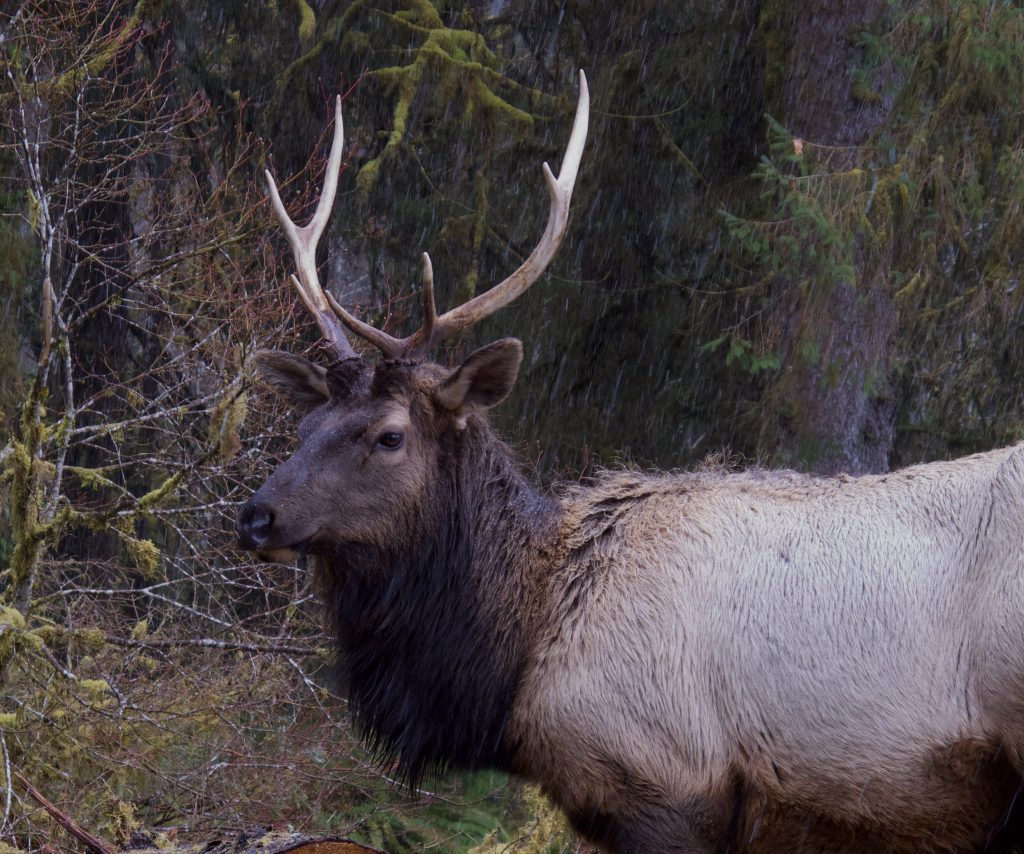
The Wild Olympics Wilderness and Wild and Scenic Act, encased within the Protecting America’s Wilderness and Public Lands Act, will move to the Senate Committee on Energy and Natural Resources, chaired by Senator Joe Manchin (D-WV). The Committee may choose to host hearings or make changes to the legislation, which includes the potential to add other bills to the package. If released from the Committee, the Senate will hold debate and take a vote.
Writing to your representatives can make a tremendous impact on the success of the Wild Olympics bill. If your House Representative voted ‘yea’ on the Protecting America’s Wilderness and Public Lands Act (find out here), send them a note to say ‘thank you’ for prioritizing the protection of your public lands. Then write to your Senator and urge them to take up this monumental package of land and river protection bills.
We know that President Joe Biden supports this legislation, stating, “H.R. 803 puts in place protections for some of our nation’s most iconic natural and cultural resources and safeguards recreational opportunities for the benefit of current and future generations, while creating jobs and investing in the recreation economy.”
With the support of our members and conservation voices across the country, we can ensure that the lands and rivers of Washington’s Olympic Peninsula receive the permanent protections they deserve.
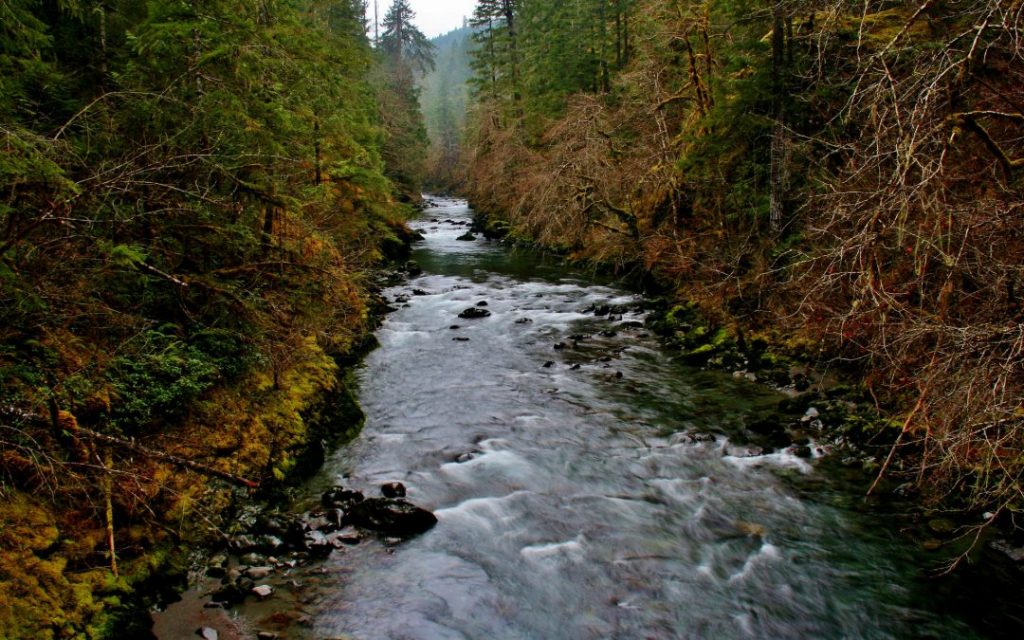
The post Protecting the Olympic Peninsula: The Future of the Wild Olympics Act appeared first on American Rivers.

